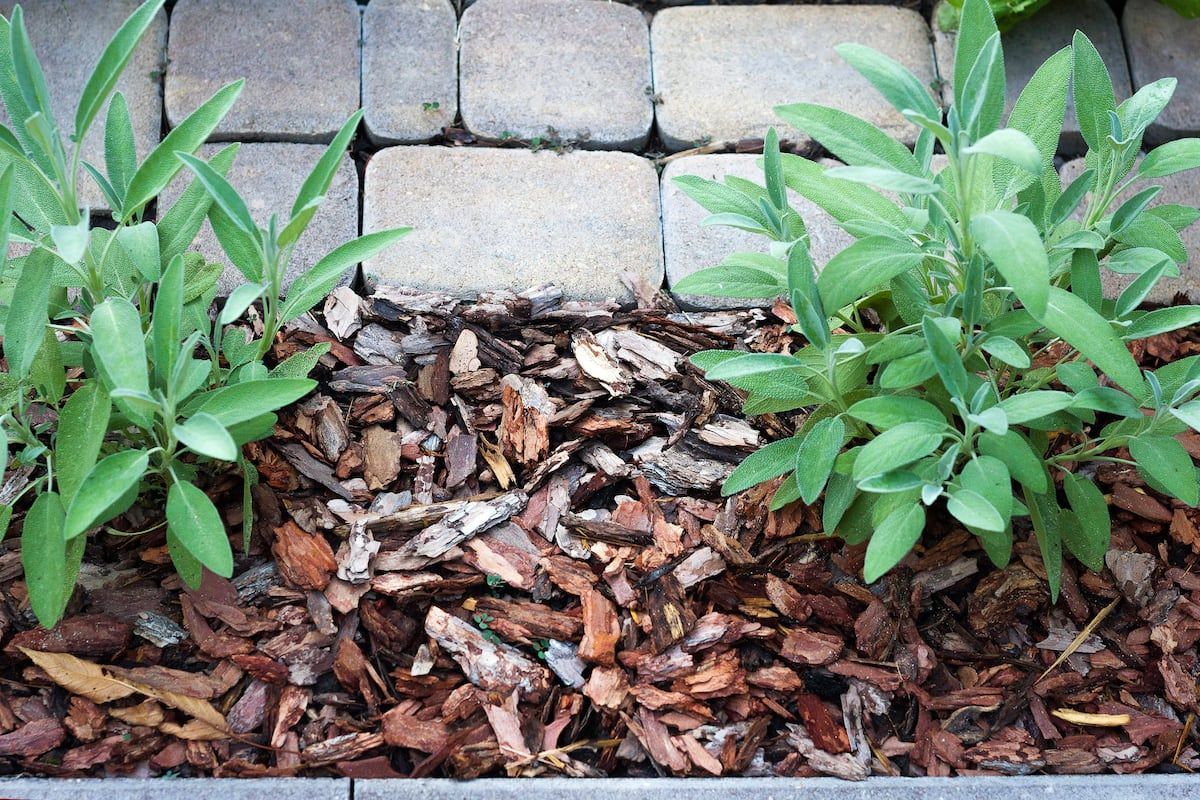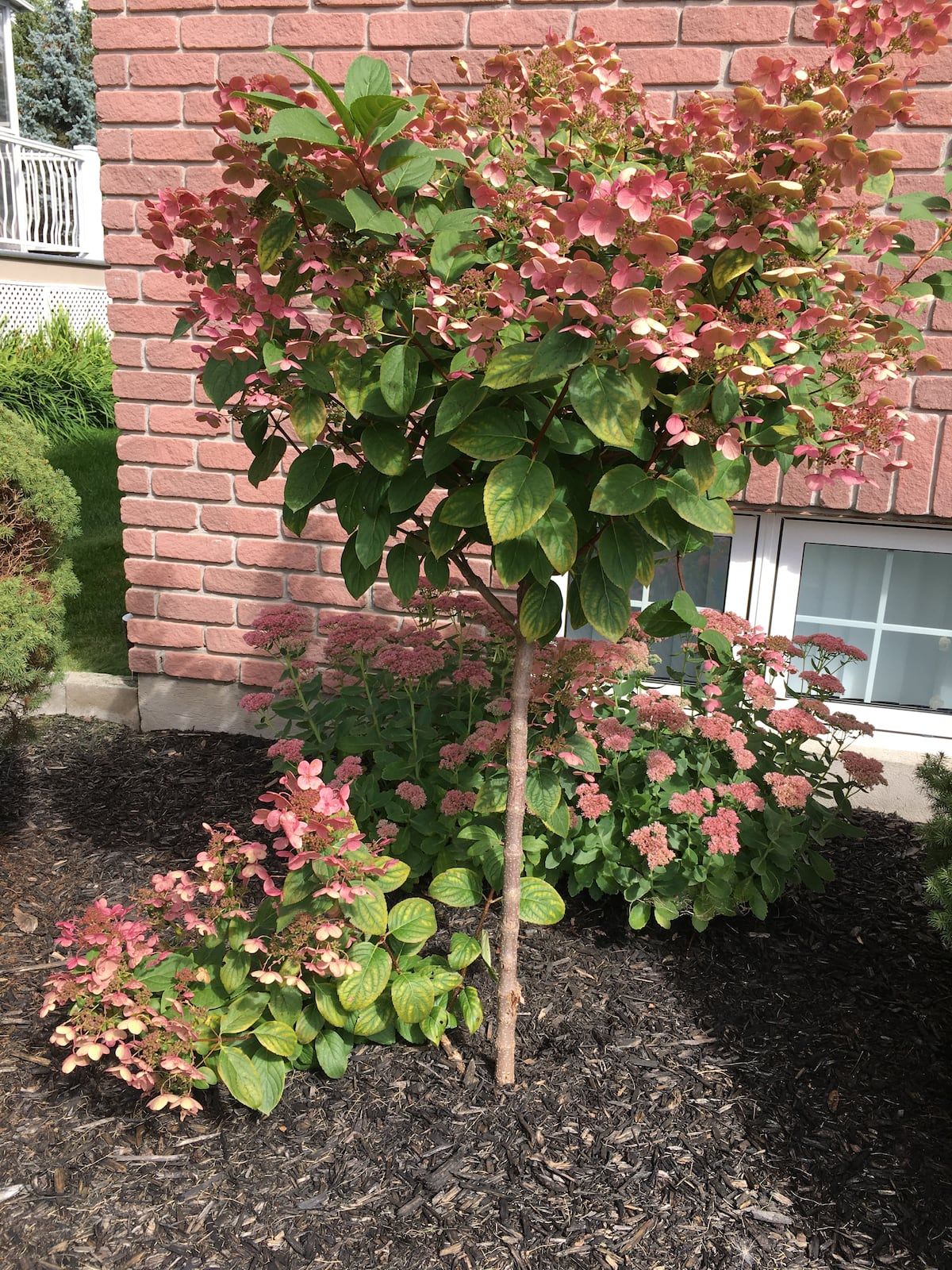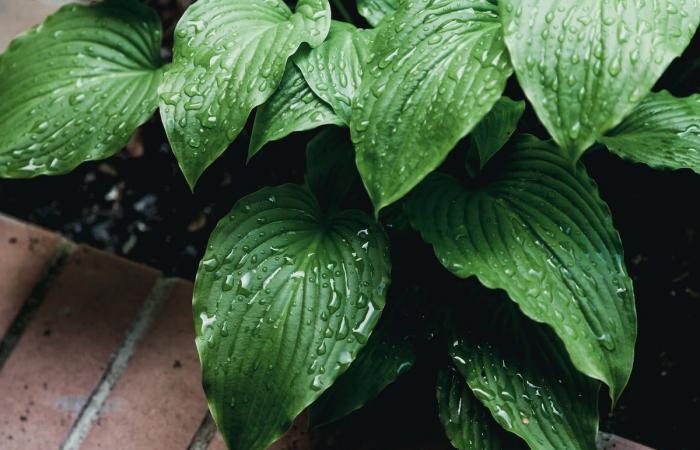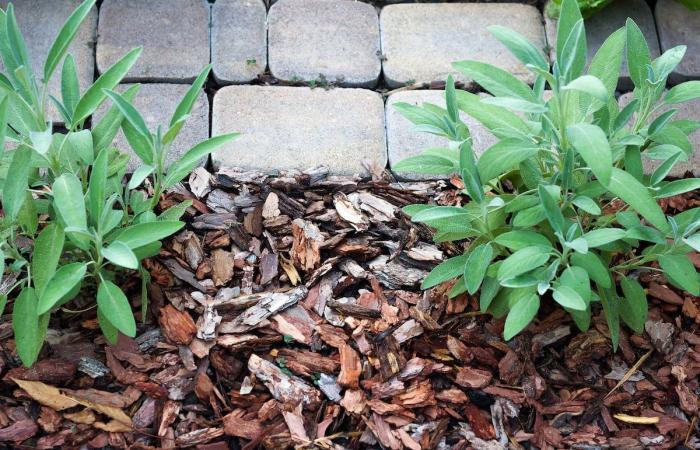Organized by the creative agency Frank Lee since 2020, the competition NK Tegelwippen invites the Dutch to replace the paving stones in their gardens with plants. The objective is clear: to help cities better resist the effects of climate change.
To achieve this, we reduce the paved surfaces which retain heat and prevent the infiltration of rainwater. By replacing these paving stones with vegetation, citizens contribute to refreshing their urban environment and creating green spaces that are more pleasant to live in.
[ Ne manquez pas les chroniques du Jardinier paresseux. Inscrivez-vous à l’infolettre Vivre! ]
Each participating city even accumulates points based on the number of paving stones removed per 1,000 inhabitants, which stimulates healthy competition between municipalities.
Wipper at home
So, are you ready to trade some paving stones for plants?
We cannot participate in this competition from Quebec, but that does not stop us from greening our yards by tearing up pavement! However, there are important elements to consider if we want to tile shaker as it should.
- From an ecological point of view, the more paving you remove, the better. That said, you still shouldn’t stop yourself from living. Start by removing pavers in areas that are not used for traffic or parking, for example.
- Also consider the plants’ light needs. Although many plants tolerate shade, you will have more choice by opting for sunny areas.
- Water is also a key factor. If you plant under the eaves of your house, your plants will not receive enough rainwater. You will then have to water them constantly for them to survive.
- It is essential to assess the space needed for replacement plants. The simplest thing is to find out the size at maturity of the plants chosen or to select them according to the space available. As a general rule, the width of the bed should be at least equal to that of the mature plant.
- Additionally, planting a tree in a paved area can be complicated. It is often best to opt for plants better suited to small spaces or to leave an unpaved area large enough to accommodate a tree.
If you remove too much material from the edges of the pavers, they risk sagging. (Alexander Romanov/123RF)
Prepare your planting pit
Now that you’ve chosen the perfect spot for your new bed, it’s time to prepare the planting pit.
- Remove the pavers along with the gravel base they sit on, taking care not to remove more than necessary.
- Start clearing the gravel about 10cm from the edge of the remaining paver by digging at a 45 degree angle. However, make sure that the gravel base extends 30 to 45 cm beyond the remaining paved surface, as this guarantees good stability. It is also essential to lay a border of paving stones using steel nails to prevent them from shifting over time.
- If you find gray or black fabric at the bottom, it’s likely a geotextile used to separate gravel from soil and keep pavers stable. Remove a small portion of the geotextile where you are going to plant to allow the roots to access the soil.
- Before filling the pit with soil, place a new layer of geotextile on the gravel base, but not on top of the soil. This allows the roots to spread while maintaining the strength of the surrounding paving.
- Fill the hole with quality planting soil. Lightly compact the soil around the plants to prevent them from sinking over time.
The important choice of plants
Not all plants are adapted to these conditions. Since the roots are confined to a small space, they have limited access to water and nutrients essential to their survival. It is therefore important to choose a plant that adapts to these constraints.
Choose plants that tolerate poor, dry soil, taking into account the specific conditions of the location. If you suspect the soil drains poorly, opt for plants that can withstand periods where the roots may be temporarily soggy.
Hostas are very resistant plants. (Olga Glebska/123RF)
You can easily do a percolation test if you are unsure. To check the drainage of your soil, dig a hole 30cm deep, fill it with water and watch how long it takes to drain.
If the water disappears quickly, the soil is well drained. If it takes about an hour, drainage is acceptable. If water remains for more than two hours, drainage is insufficient.
Some well adapted plants
Here is a list of perennials and shrubs suitable for tile rockers:
- Purple coneflower (Echinacea purpurea), zone 3, plein soleil
- Sedum (A watchable seat), zone 3, plein soleil
- Autumn stonecrop (Hylotelephium spectabile), zone 3, plein soleil
- Rough rose bush (Wrinkled rose), zone 2, full sun to partial shade
- Red osier dogwood (Cornus stolonifera), zone 2, full sun to partial shade
- Hosta (Hosta spp.), zone 3, partial shade to shade
- Cotoneaster (Cotoneaster dammeri), zone 4, plein soleil
- Rudbeckie (Rudbeckia spp.), zone 3, plein soleil
- Saskatoon berry (Amelanchier alnifolia), zone 2, full sun to partial shade
- Yarrow (Achillea millefolium), zone 3, plein soleil
Other tips for finishing in style
- Plant your plants in the pit, leaving enough space for their roots to spread well. Make sure that the collar of the plant is slightly below the level of the paving stones for better stability.
- Next, spread a thin layer of organic mulch, such as chipped ramwood or shredded leaves, to conserve moisture and prevent weeds from regrowing.
- Proper watering is crucial after planting to encourage root establishment. Monitor soil moisture during the first year, watering as needed.

Organic mulch will help conserve moisture in this sometimes hostile environment. (Proxima13/123RF)
This all takes a bit of thought and effort, sure. However, you will have transformed a paved area into a green space.
This is an aesthetic improvement with ecological benefits: better water infiltration, reduction of heat islands and creation of habitat for pollinators. This lifeless place will become a haven of biodiversity, while offering a corner of nature in which to recharge your batteries.
Each paving stone removed helps make your environment more sustainable and more pleasant to live in. A real victory for you and for the planet!
ANSWERS TO YOUR QUESTIONS
Q I have a new arrival this year: a paniculate hydrangea ‘Quick Fire’. How to maintain it so that it remains as magnificent over the years? Why did a small shoot appear with flowers this summer? Should I cut it down or let it continue to beautify my flower bed?
― Denise Côté
R Your Hydrangea paniculata ‘Quick Fire’ on stem requires a little maintenance to maintain its elegant shape and prevent the branches from bending under the weight of the flowers.
A hydrangea on a stem, unlike its shrub form, is pruned to have a defined trunk and a well-structured crown. It is therefore essential to prune it regularly to prevent the branches from breaking, especially in the snow.

A paniculate hydrangea ‘Quick Fire’ (Denise Cote)
The ideal maintenance is to prune in early spring. Cut back branches about 15-20cm from their base to encourage new growth. Since it flowers on this year’s wood, you won’t lose flowering by doing this. You can prune in the fall, but then you will miss the spectacle of the flowers under the snow.
As for the small shoot that appeared this summer, if it grows at the base or on the trunk, it is better to cut it off so as not to compromise the shape of the tree.
Alternatively, you can let the suckers grow and cut the main stem to obtain a larger shrub form, 1.5 meters in height and width. It would require less maintenance with a simple pruning of old branches every four or five years.
YOUR MAINTENANCE OF THE WEEK
- Although the lawn grows slower in the fall, don’t forget to mow it when it exceeds 10 cm.
- There are often end-of-season discounts at garden centers and nurseries at this time of year. It’s a good time to fill holes in your landscaping inexpensively!
- Wait for the first frost before bringing in your tender bulbs (gladiolus, dahlias, cannas, callas, tuberous begonias, etc.). Clean them and place them in a dry, frost-free place for the winter.
- Don’t throw away the soil from your outdoor pots and containers! It can be used for several years. Simply add compost in the spring before sowing or planting.
- Leave dead leaves on the surface of your flower beds. They will serve as mulch to protect the soil and plant roots during the winter. They can also be added to compost to enrich the soil the following year.
YOUR HORTICULTURAL CALENDAR
To add to this calendar your horticultural activities offered in the greater Quebec region and surrounding areas, write to [email protected].
Hydroponics in Sainte-Foy
The Sainte-Foy Horticultural Society will organize the conference “Hydroponics within your reach” by Caroline Vouligny (of Pivoines Capano), the Tuesday October 15 2024, from 7:30 p.m. The activity will take place in room 121 of the Intact Assurance ice center in Quebec (located at 999, avenue De Rochebelle). Prices: free for members of the Sainte-Foy Horticultural Society, $4 for members of another horticultural society, $8 for non-members. Info: shsf.ca, (418) 658-9844 or [email protected]
Orchids in La Pocatière
The Society of Horticulture and Ecology of Kamouraska-L’Islet will organize the conference “How to successfully cultivate orchids” by Robert Charpentier on Wednesday October 16 2024, from 7 p.m. to 10 p.m. The event will be held at the Institut de Technologie Agroalimentaire du Québec (ITAQ) in La Pocatière (401, rue Poiré). Price: free for members, $5 for others. Info: [email protected]
Ecological horticulture in Sainte-Foy
The Sainte-Foy Horticultural Society will organize the conference “The passion for different and ecological horticulture” by Julie Bussières (from Vert metal), the Tuesday October 22 2024, from 7:30 p.m. The activity will take place in room 121 of the Intact Assurance ice center in Quebec (located at 999, avenue De Rochebelle). Prices: free for members of the Sainte-Foy Horticultural Society, $4 for members of another horticultural society, $8 for non-members. Info: shsf.ca, (418) 658-9844 or [email protected]
Walnuts in Sainte-Foy
The Sainte-Foy Horticultural Society will organize the conference “In the nut garden” by the producer of Nordic walnuts and hazelnuts Yvan Perrault, the Tuesday October 29 2024, from 7:30 p.m. The activity will take place in room 121 of the Intact Assurance ice center in Quebec (located at 999, avenue De Rochebelle). Prices: free for members of the Sainte-Foy Horticultural Society, $4 for members of another horticultural society, $8 for non-members. Info: shsf.ca, (418) 658-9844 or [email protected]
What do you think of this idea of replacing paving stones with plants? Are you tempted to import this concept into your home? Leave your comments in the section below.









